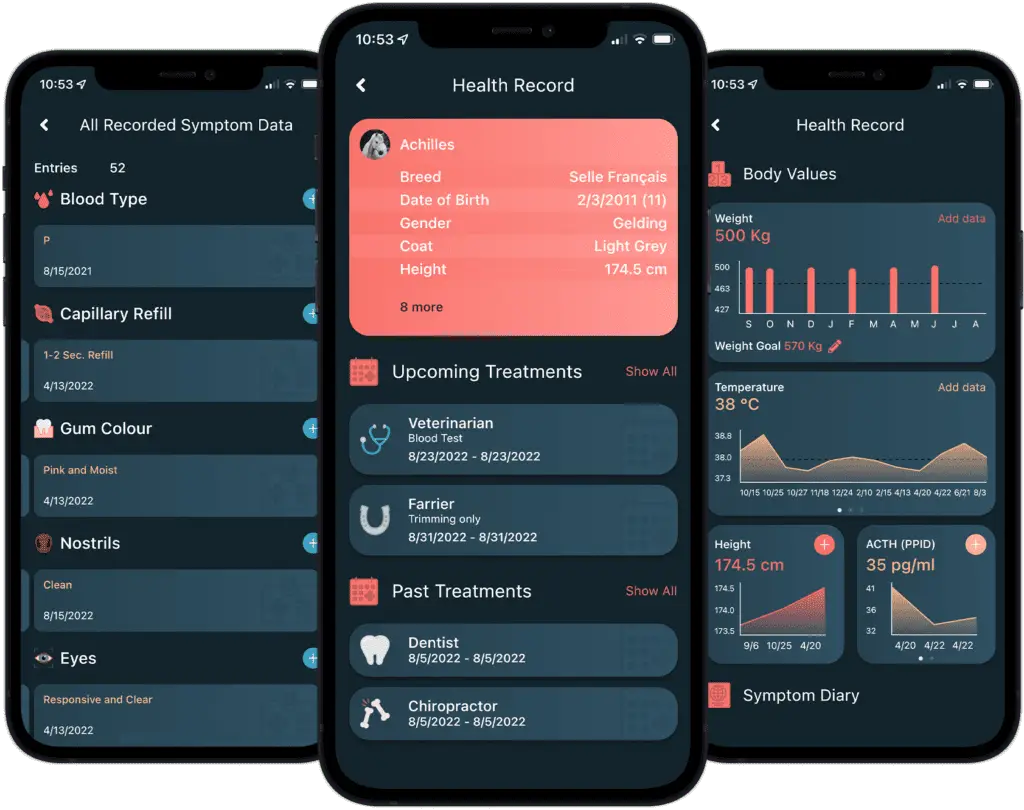
Anaplasma Rhabdomyolysis in Horses
Seek veterinary advice if you suspect this disease.
Anaplasma rhabdomyolysis is a muscle disease in horses caused by Anaplasma bacteria, leading to muscle damage, stiffness, and weakness, often requiring veterinary intervention.




